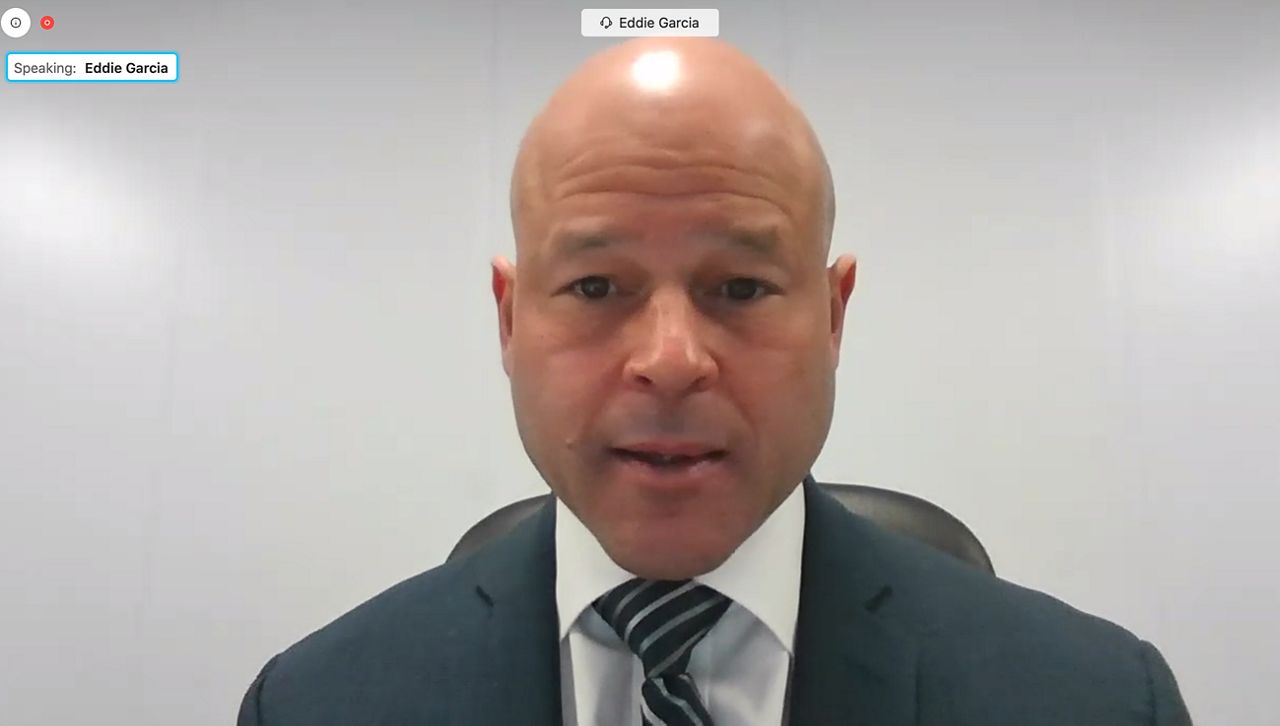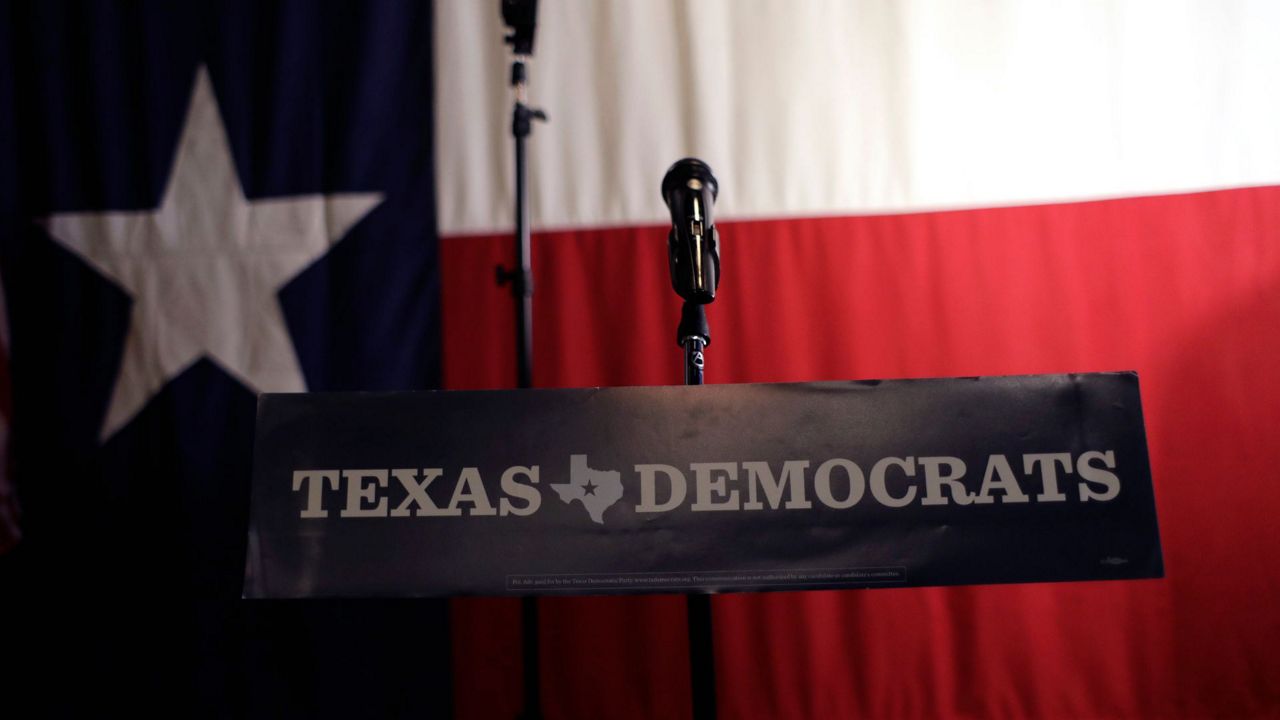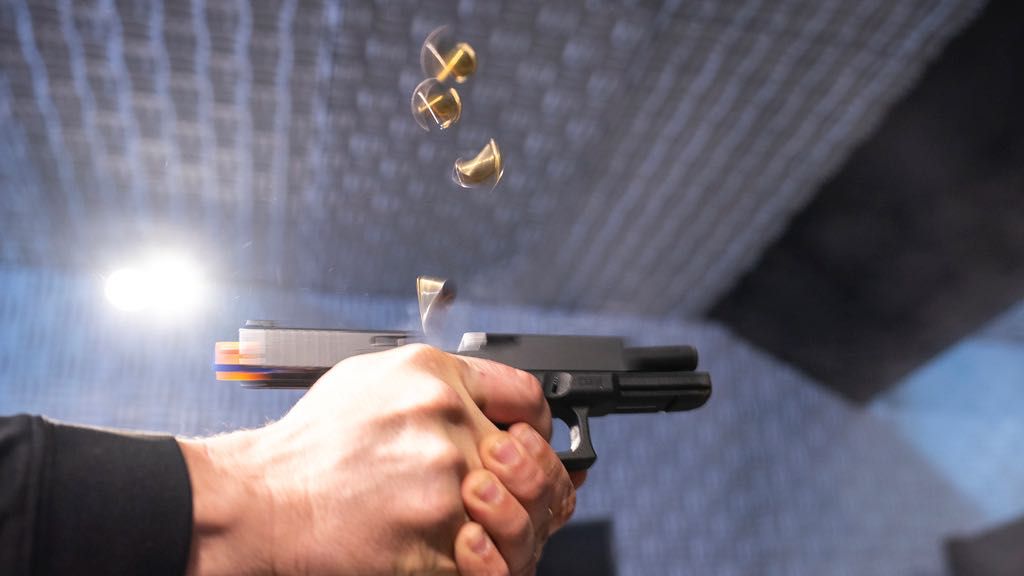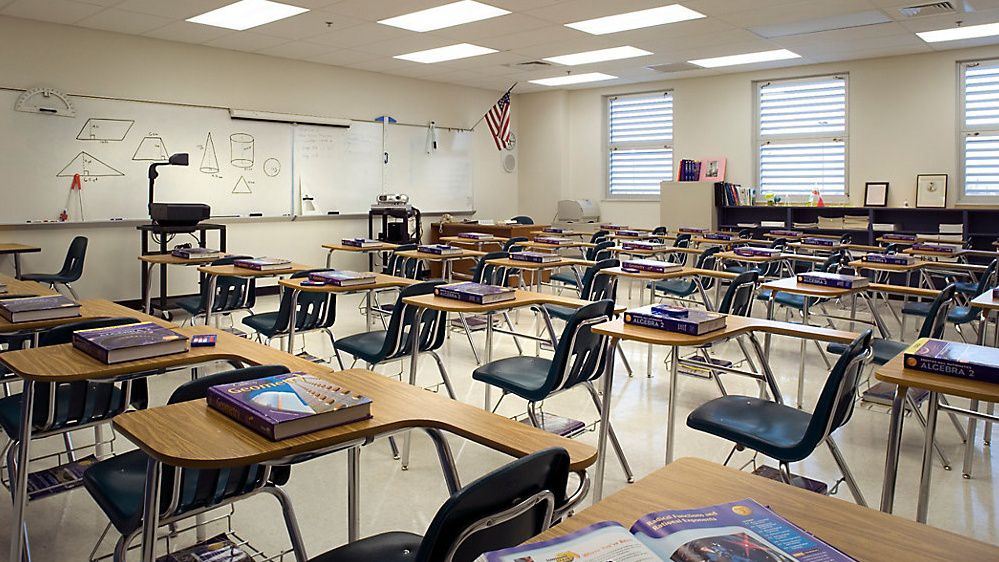DALLAS — With Dallas on track to see the highest number of murders in more than 15 years, reducing violent crime in the city will be a number one priority, said incoming police chief Eddie Garcia.
“I will take the reduction personally,” Garcia said about how seriously he would take lowering the city’s rates of murder and other violent crimes. “It's not just the numbers. It's also the community’s perception of crime. Both the perception and the numbers have to go in a different direction.”
Dallas has seen a sharp increase in murder rates this year, jumping from 197 last year to 227 as of Dec. 15. It’s the highest murder rate in Dallas since 2004.
In his annual state of the city address, Mayor Eric Johnson said City Hall had “fallen short” of the Dallas communities affected by violent crime, particularly its communities of color.
To combat violent crime, Garcia said under his leadership the police department will take a collective approach involving not just police officers but the communities affected. Transparency, communication, and getting buy-in from both officers and community members will be key elements of his approach, he said.
Garcia said he would be looking for data-driven solutions and using the expertise of criminologists to develop strategies.
He’ll be looking for his commanders “to not just think outside the box, but to act outside the box to come up with different ideas” on how to enact crime reducing strategies in their communities.
Garcia said he would look to place more officers in some crime-affected neighborhoods, a law enforcement tool that some communities of color have criticized in the past. The new police chief said in conversations with south Dallas community leaders, including several area pastors, “what they want is policing. They want good policing,” he said.
“Residents of Dallas can judge me by the perceptions of crime in their city, as well as the presence of officers in the city, the community collaboration with officers in the city,” he said.
Garcia’s comments came during a virtual press call, the new police chief’s first since being selected as City Manager T.C. Broadnax’s top choice to replace outgoing Police Chief U. Renee Hall.
Broadnax announced on Dec. 23 that he had chosen Garcia after a three-month search. Garcia beat out six other finalists, including several who are currently on the Dallas Police Department.
In Dallas, the city manager appoints the police chief, who is then hired by the Dallas City Council. Garcia will start on Feb. 3.
Garcia will be the first Latino to serve as Dallas Police chief and the 30th chief in the city’s history. He recently retired after serving as the police chief for four years in San Jose, California.
Jose was born in San Juan, Puerto Rico, and moved to San Jose when he was 5 to live with his mother. He served for 30 years as a police officer in the San Francisco Bay area. Garcia said he was drawn to Dallas’ diversity and the challenge of the job in a city he has grown to know and love.
Hall announced in September that she would be leaving the position at the end of this year after serving for three years, overseeing more than 3,500 employees and a department budget of $517 million.
Hall came under fire from several City Council members following accusations of excessive use of police on protestors in the wake of George Floyd’s killing.
A Dallas Morning News investigation revealed that the Dallas police had used pepper-ball launchers against peaceful protesters. The criticism of Hall’s leadership came as anti-police brutality protests erupted across the country.
An internal investigation initiated by Hall and released in August found “planning and communication problems” among police officers during the protests, leading to confusion about who and when tear gas and other less-lethal ammunition could be used.
The protests sparked debates in many major American cities and towns, including Dallas, over funding for the police and whether to reappropriate budgets to other community services.
Like Hall, Garcia was criticized for the San Jose police’s actions during this spring and summer’s protests demanding racial inequality.
In Dallas, Garcia said he would lead the department to take a hard look at where things stand when it comes to police, community, and race relations.
“One of the things I have to do is really take a step back and talk to the team and say, ‘Ok, how far have we come in recent years? and where are our blind spots?’” he said.
Discussions should involve the community, he said. Garcia said he would look to be proactive and get out in front of issues before “being told what to do.” For example, Garcia said it could include developing new procedures and policies, particularly when it came to the use of less-lethal force, which was heavily criticized during this summer’s protests.
“There are things we can do, whether it's looking to police and procedures being more transparent, particularly when it comes to the use of force,” he said.
Most importantly, when it comes to healing the wounds of tense race relations, “as we are reaching out to our communities, we need to acknowledge the fact that we've made a lot of mistakes in the history of law enforcement, particularly when we deal with our communities of color, and we need to own up to that,” he said.
“That does not mean that we are not going to be in those communities. That doesn't mean we aren't going to be taking the criminal element off the streets of certain communities,” Garcia said.
“But you can certainly do that and honor the work that the men and women do and the sacrifices they make by acknowledging the fact that our badges didn't always shine so bright and that collectively, we want to move forward.”









_(1))
